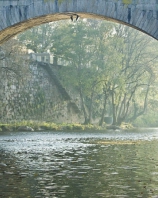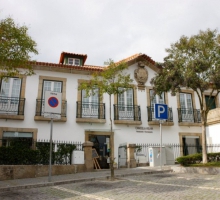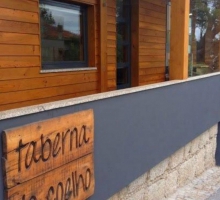It goes back to the XVIII century the construction of the Bridge of Amarante that connects the two banks in the same place of the primitive bridge constructed by Saint Gonçalo to allow the passage of the pilgrims. Before the collapse of the medieval bridge, it was possible to take the cruise that surrounded the municipality of Gouveia, which was later placed in a gutter of the Dominican convent of San Gonçalo (facing the current bridge). On one side of the cross we find the image of Our Lady of Pity (commonly known as Our Lady of the Bridge) and, on the other, that of Christ Crucified, not visible due to the position in which it is. Three round unequal round arches form the bridge, supported by pillars with triangular contoured upstream and downstream pillars. At the extremities it presents elegant ornate quadrangular pyramids, in one of them, a tombstone that testifies to the heroic resistance of the Portuguese soldiers, led by General Silveira, in 1809, during fourteen days of bloody fights to prevent the crossing, by the bridge, of the army Napoleonic.
Location: Amarante
Location: Amarante




